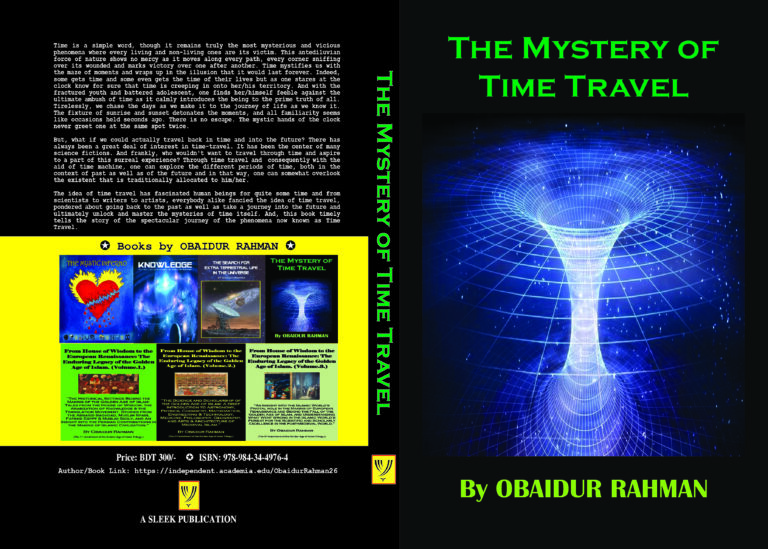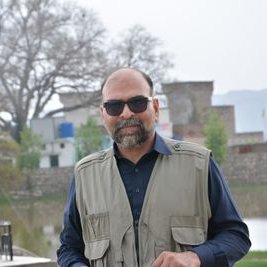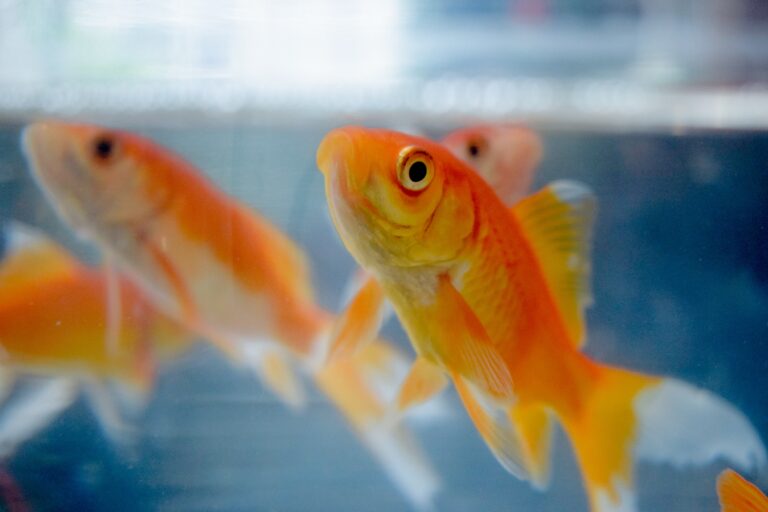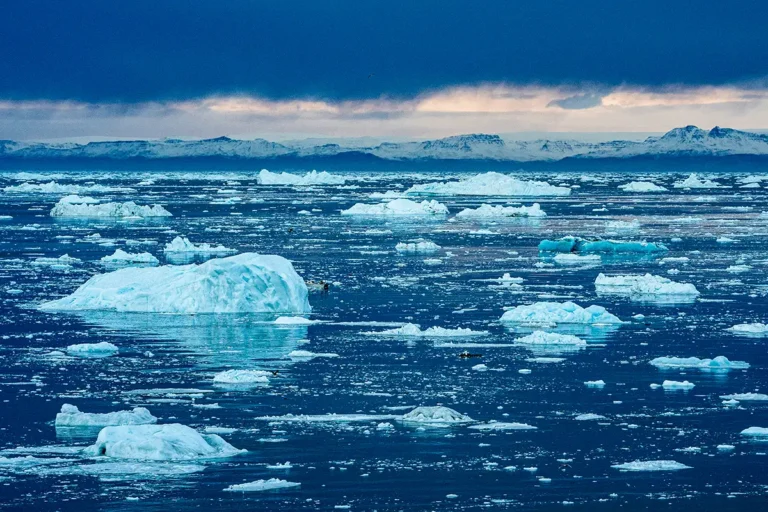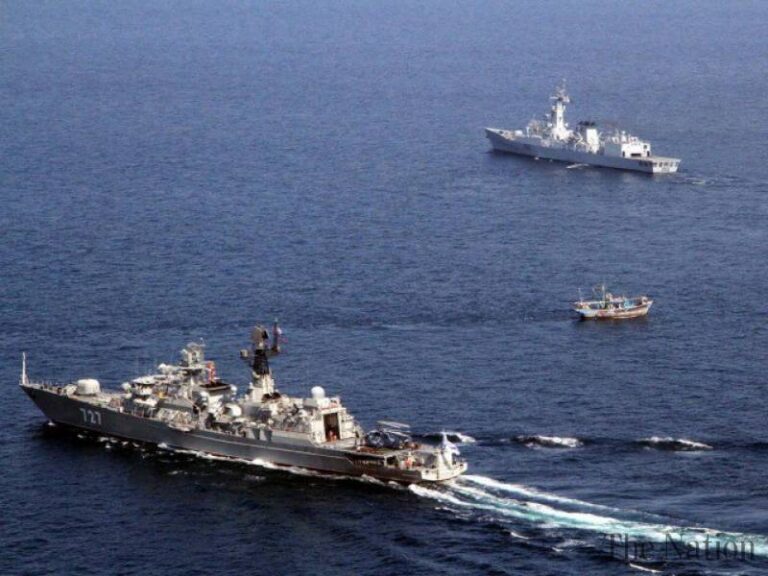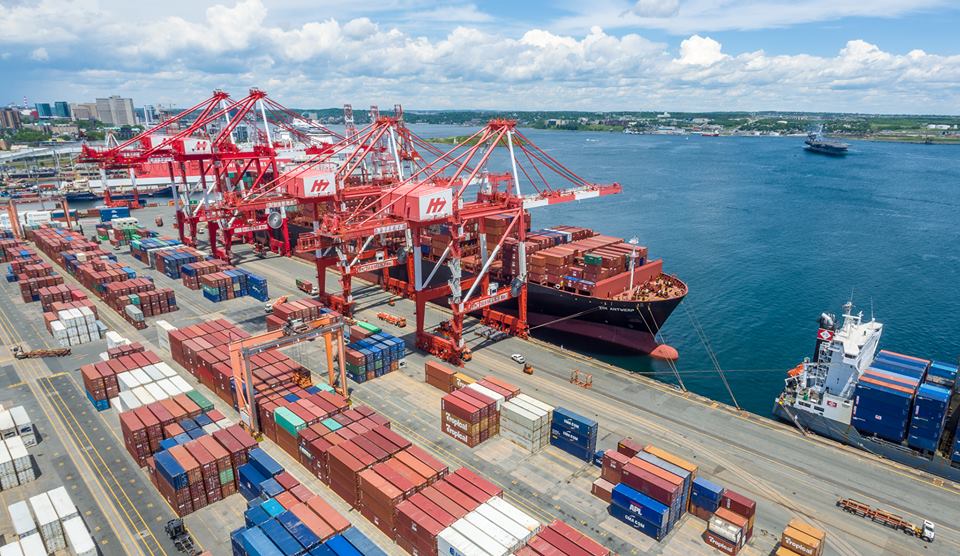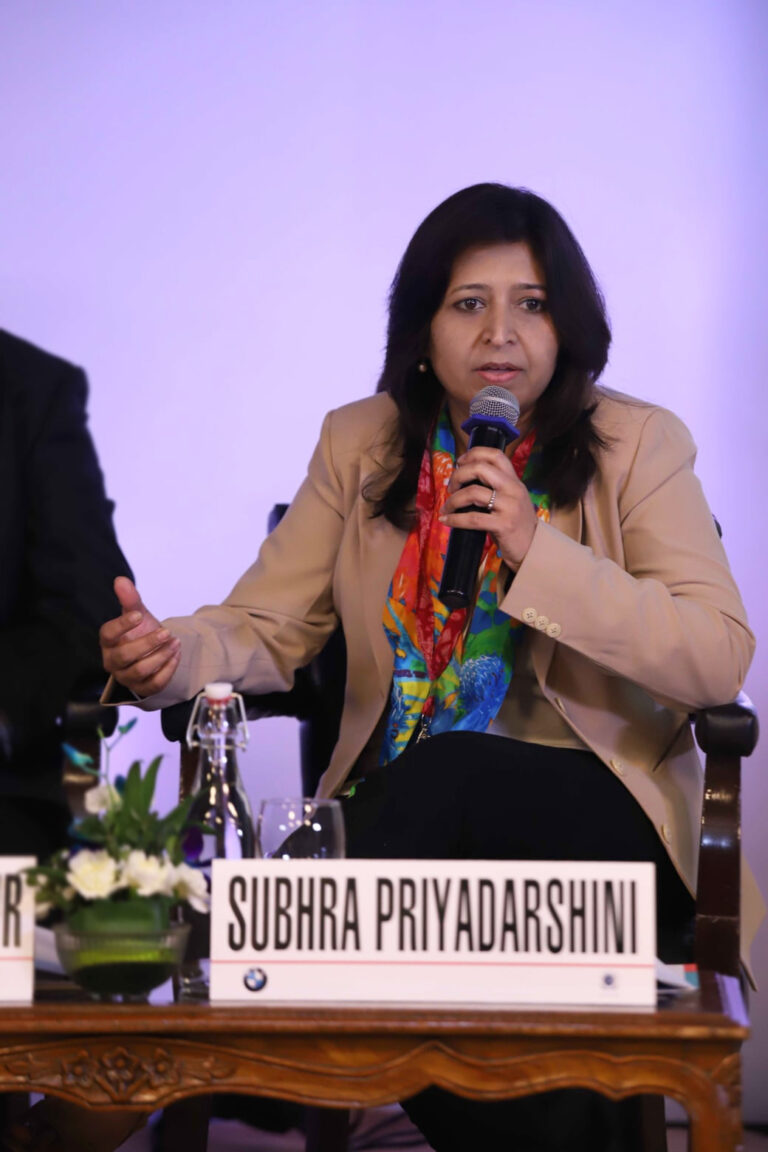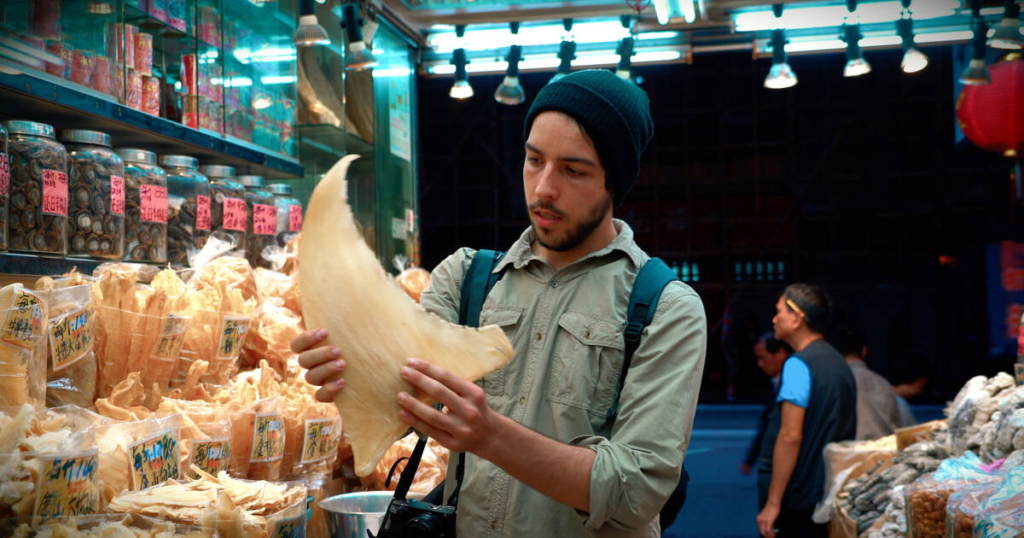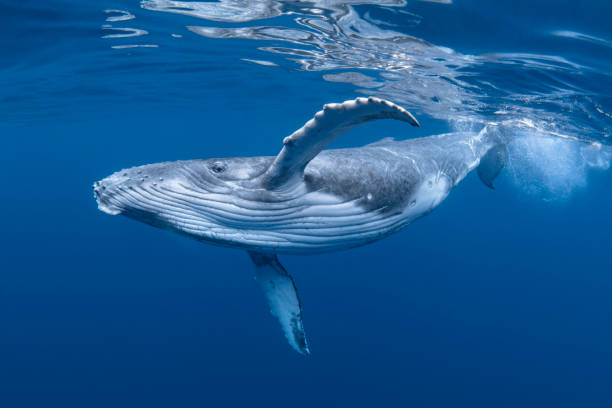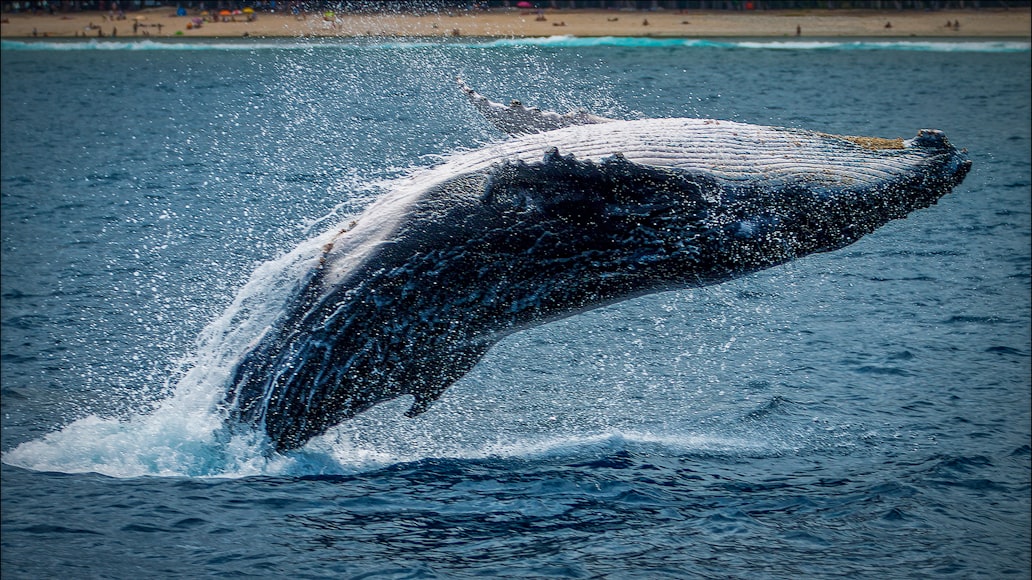Time is a simple word, though it remains truly the most mysterious and vicious phenomena, where every living and non-living ones are its victim. This antediluvian force of nature shows no mercy as it moves along every path, every corner sniffing over its wounded and marks victory over one after another. Time mystifies us with the maze of moments and wraps up in the illusion that it would last forever.
Indeed, some gets time and some even gets the time of their lives but as one stares at the clock know for sure that time is creeping in onto her/his territory. And with the fractured youth and battered adolescent, one finds her/himself feeble against the ultimate ambush of time as it calmly introduces the being to the prime truth of all.
Tirelessly, we chase the days as we make it to the journey of life as we know it. The fixture of sunrise and sunset detonates the moments, and all familiarity seems like occasions held seconds ago. There is no escape. The mystic hands of the clock never greet one at the same spot twice.
But, what if we could actually travel back in time and into the future? There has always been a great deal of interest in time travel. It has been the center of many science fictions. And frankly, who wouldn’t want to travel through time and aspire to a part of this surreal experience? Through time travel and consequently with the aid of time machine, one can explore the different periods of time, both in the context of past and of the future and in that way, one can somewhat overlook the existent that is traditionally allocated to him/her.
The idea of time travel has fascinated human beings for quite some time and from scientists to writers to artists, everybody alike fancied the idea of time travel, pondered about going back to the past as well as take a journey into the future and ultimately unlock and master the mysteries of time itself. And, the Bangladeshi author Obaidur Rahman’s book “The Mystery of Time Travel” rather timely tells the story of the spectacular journey of the phenomena now known as Time Travel.
One of the most enthralling questions that we often find ourselves asking is that whether time travel is a possibility? Indeed, this question: “Is time travel really possible?” truly stirs up peoples’ minds and here on Earth, people have always had an avid interest in this surreal, captivating, remarkable and thought-provoking aspect like the time travel.
To be honest, who doesn’t want to go back in time to the past as well as travel to the future, all via with the aid of some time machine, and eagerly explore the realities and innovations of the different thresholds of time in their own respective context?
A lot of research has been done on the science of time travel and the philosophy concerning its reality, countless books have been written, a lot of movies, documentaries, TV programs have been made and so on. And with every new scientific growth, and with every new possibility, alongside the mystique of the very nature of time travel itself, our interest in the time travel phenomena grows a little further and further.
Even though it is mostly the Western countries that are actively involved in the studies, research and experiments concerning time travel, but despite the lack of technological know-how, there is a great deal of academic interest as well as natural enthusiasm concerning this grand and an exciting scientific topic like time travel in various parts of the world as well.
And as a reflection of that, writer Obaidur Rahman, with his new book “The Mystery of Time Travel” attempted to understand and enlighten on the facts and details concerning the possibility and the reality of time travel as per easily understood scientific facts, available information, historical research, philosophy and rational human understanding.
This book is in the English language in, a very simple and easily comprehensible way, author Obaidur Rahman, describes his methodical research and skillful presentation and tries to present various scientific, philosophical, and technical aspects related to time travel in a fairly reasonable manner that surely sheds light on the logical possibilities related to time travel to the readers.
The book “The Mystery of Time Travel” consists of five chapters, in which the author analyzes many theoretical and imperative issues related to time travel, all with impressive wisdom and simplicity. Through his writing, the author Obaidur Rahman, by his book, has tried to highlight various aspects of time travel with the aid of his investigative state of mind, accompanied by both passion and rationale that truly complimented the very topic of time travel itself.
The five chapters of the book “The Mystery of Time Travel” discuss the vital and appropriate topics of time travel, like:
- the variousinterpretationsn/understandings/analysis of what exactly is time travel and what time travel signifies from a scientific and commonsensical point of view.
- various timetravel-themedd events throughout history, many of whichhaves mythological as well as sensible connotation to them.
- our understanding of time itself from a pure scientific and philosophical standpoint.
- various scientific and technological challenges of time travel from the perspective of reality and physics, where the issue of time travel paradox is discussed in detail.
- a description of the ways and the few methods of the process, where time travel might actually be possible and what scientific approaches would likely enable human beings to travel to the past and future through a time machine device.
With some fascinating insights, spell bounding information and logical analysis, the book has attempted to explain various complex scientific terms and elements as easily as possible and that is one of the many features that will surely tempt the reader to be captivated by the workings of this very book.
Author Obaidur Rahman, in his “The Mystery of Time Travel”, through his penmanship, analyzed various academic subjects related to time travel such as: Physics, Astronomy, Philosophy, and History etc., all in a very competent, eloquent and scientific manner. This “The Mystery of Time Travel” book also aims to keep the reader focused on the logic of the possibility of time travel and convinces the reader on grand prospect of this almost other worldly/other dimensional phenomenon with scientific paradigm and absolute academic logic.
A large part of the book takes on discussion concerning the various thrilling and significant facets of time travel in the light of modern physics, such as:
- The possibility of time travel through black holes,
- The reality of time travel in Einstein’s theory and how time travel could be achieved from the perspective of Stephen Hawking’s ideas.
- How to convert a wormhole into a time machine.
- Can time travel takes place with the help of a spaceship that can run at the speed of light.
- How gravity can open the door to time travel across the realm of space-time, and along with many other significant topics that will allow the reader to take an in-depth look at the true nature of time travel.
Needless to say, since the dawn of last century, scientists have been relentlessly researching and exploring to make time travel a reality. However, officially speaking, no specific answer or conclusive evidence has reached the public as yet in this regard. And perhaps one of the main reasons for this is the extreme secrecy of all research on time travel and time machines, which the Western countries generally maintain very seriously. However, author Obaidur Rahman, like many others, believes that, time travel is definitely possible, although the method is very complicated and almost near impossible to achieve as it challenges and distorts our conventional notion of reality.
Undoubtedly, the book “The Mystery of Time Travel” will inspire readers to be eagerly inquisitive about a fascinating subject matter of time travel. The author’s highly informative and easy-to-read account of all the fascinating facts about the science and philosophy of time travel, which is indeed a significant culmination of his dedicated research, is sure to both inform and enlighten readers on this fascinating topic.
Author Obaidur Rahman hopes that, this book of his, “The Mystery of Time Travel”, will be widely appreciated by the readers all across the globe. Readers can download the PDF version of the book fairly easily from the author’s website: (https://independent.academia.edu/ObaidurRahman26).
“The Mystery of Time Travel” is the 4th book by the author Obaidur Rahman and is published by Sleek Publications.
Also, Read: Review: A Brief history of Time
